Museum of Hacibektas: A Journey Through Anatolia’s History
The Museum of Hacibektas, inaugurated in 1988, offers a unique space where visitors can explore thousands of years of Anatolian history. Located in the heart of Nevşehir province, this museum houses a rich collection of archaeological and ethnographic artifacts, primarily excavated from Karahöyük. Through its exhibitions, the museum provides not only a window into the past but also a connection to the cultural traditions that have shaped this region for millennia.
An Introduction to the Riches of Hacıbektaş
At the museum’s entrance, visitors are greeted by a display dedicated to onyx, known as the “stone of Hacıbektaş.” This material, prized for its unique color and durability, has been an integral part of local craftsmanship for centuries. Onyx serves not only as a symbol of the region’s geological wealth but also as evidence of the creativity of its inhabitants, who used it to craft ornaments, utensils, and artistic pieces now showcased in the museum’s collections.
The museum is designed to guide visitors through a structured journey across three main sections, each dedicated to a different historical period, allowing for a comprehensive and organized exploration of Anatolia’s history.
Divisions of the Museum
The Hacıbektaş Museum of Archaeology and Ethnography is divided into three main areas, covering periods from the Bronze Age to the Ottoman era. Each section is carefully curated to highlight the most significant aspects of the represented historical periods.
First Section: The Bronze Age
This area features archaeological findings from the Bronze Age, a pivotal era in the development of Anatolia’s earliest civilizations. Visitors can admire stone tools, weapons, decorated ceramics, and handmade ornaments. These artifacts reflect the ingenuity and technical skill of these societies as well as their beliefs and lifestyles.
The ceramics are particularly notable for their intricate designs and multifunctional use, serving both practical and ceremonial purposes. Additionally, cooking and storage utensils provide insight into the daily lives of these communities, shedding light on their connections to agriculture, trade, and early forms of social organization.
Second Section: Phrygian, Hellenistic, and Roman Periods
The second part of the museum is dedicated to the Phrygian, Hellenistic, and Roman periods. During these centuries, Anatolia experienced significant cultural and political transformations, evolving from a mosaic of independent kingdoms to an integral part of the great Mediterranean empires.
Artifacts in this section include coins, statuettes, ceramic vessels, and jewelry. The coins, inscribed with detailed figures and symbols, offer insights into the trade and economy of the time, while the statuettes reflect the religious and mythological beliefs of these cultures. The ceramic vessels stand out for their innovative shapes and decorations, often featuring symbols and scenes from daily life.
Third Section: Ottoman Era
The final section focuses on the rich heritage of the Ottoman period. Visitors can explore an impressive collection of manuscripts, weapons, textiles, and household items. These objects not only document daily life during the Ottoman era but also highlight the artistic and literary traditions that flourished under the empire.
The textiles, including handwoven carpets and traditional garments, showcase the skill and creativity of Ottoman artisans. The manuscripts, adorned with exquisite calligraphy, provide a glimpse into the empire’s religious beliefs, education, and administration. Finally, the weapons and domestic utensils complete the picture, offering a comprehensive view of this fascinating period.
The Cultural Significance of the Museum
The Hacıbektaş Museum of Archaeology and Ethnography is more than just a collection of ancient artifacts. It is a place where history comes alive, allowing visitors to experience firsthand the cultural richness of Anatolia. Through its exhibitions, the museum highlights the continuity and transformation of local traditions over the centuries.
Hacıbektaş, also known for the Hacı Bektaş Veli Complex, is a cultural and spiritual center of great importance. This museum complements the region’s other historical sites, offering broader and deeper context for understanding the area’s unique history and traditions.
Practical Information
- Location: The museum is situated in the Hacıbektaş district of Nevşehir province, within close proximity to other historical landmarks.
- Hours: Open daily, except Mondays, from 9:00 AM to 5:00 PM.
- Admission: 15 TL per person, with free entry for children under 12.
- Access: Easily accessible via public transportation from Nevşehir or by private car.
Conclusion
The Hacıbektaş Museum of Archaeology and Ethnography is a must-visit destination for anyone interested in exploring Anatolia’s history and culture. Its carefully curated collections offer an educational and enriching experience for visitors of all ages. Whether you are fascinated by ancient civilizations or the Ottoman legacy, this museum has something for everyone. It is a place where the past meets the present, inviting visitors to reflect on Turkey’s cultural wealth and its lasting impact on the modern world.

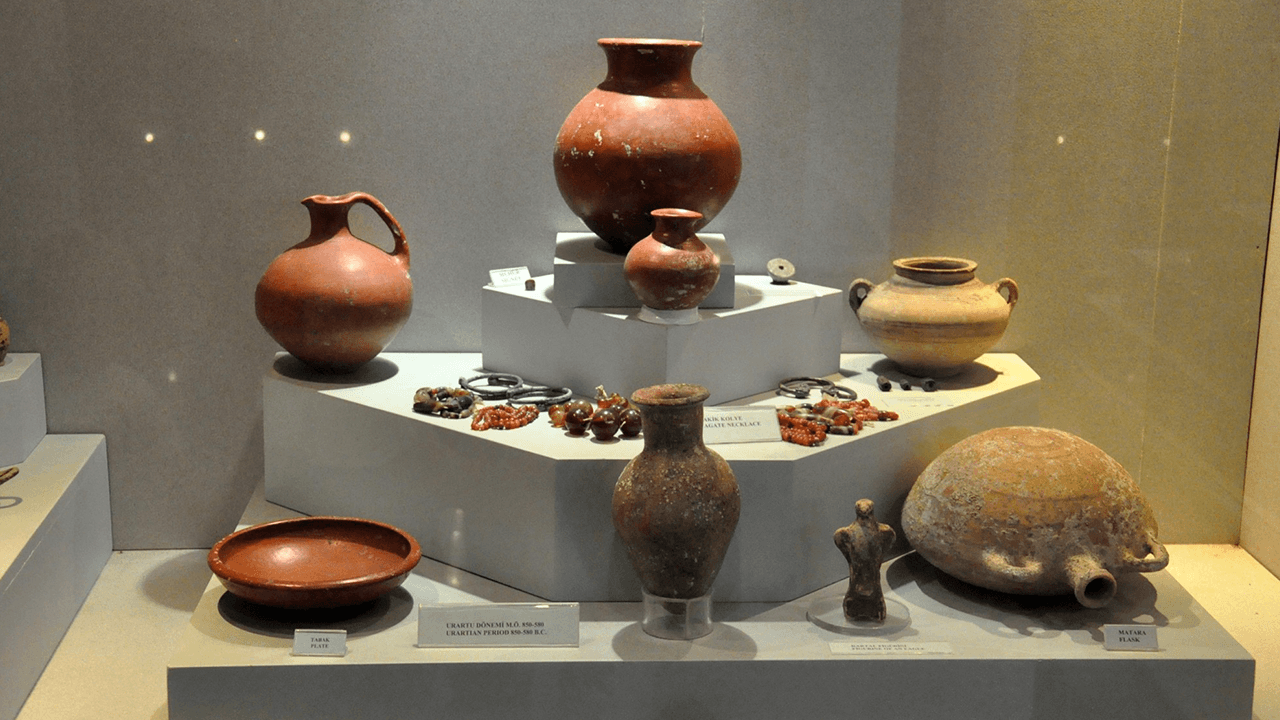
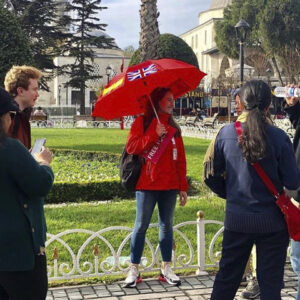

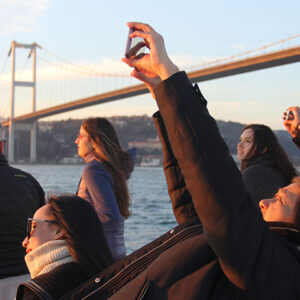


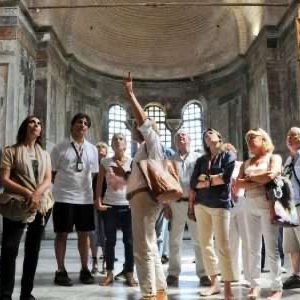
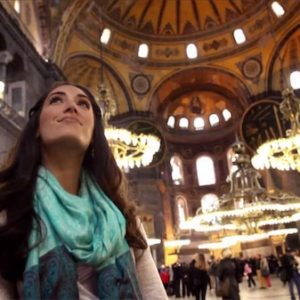


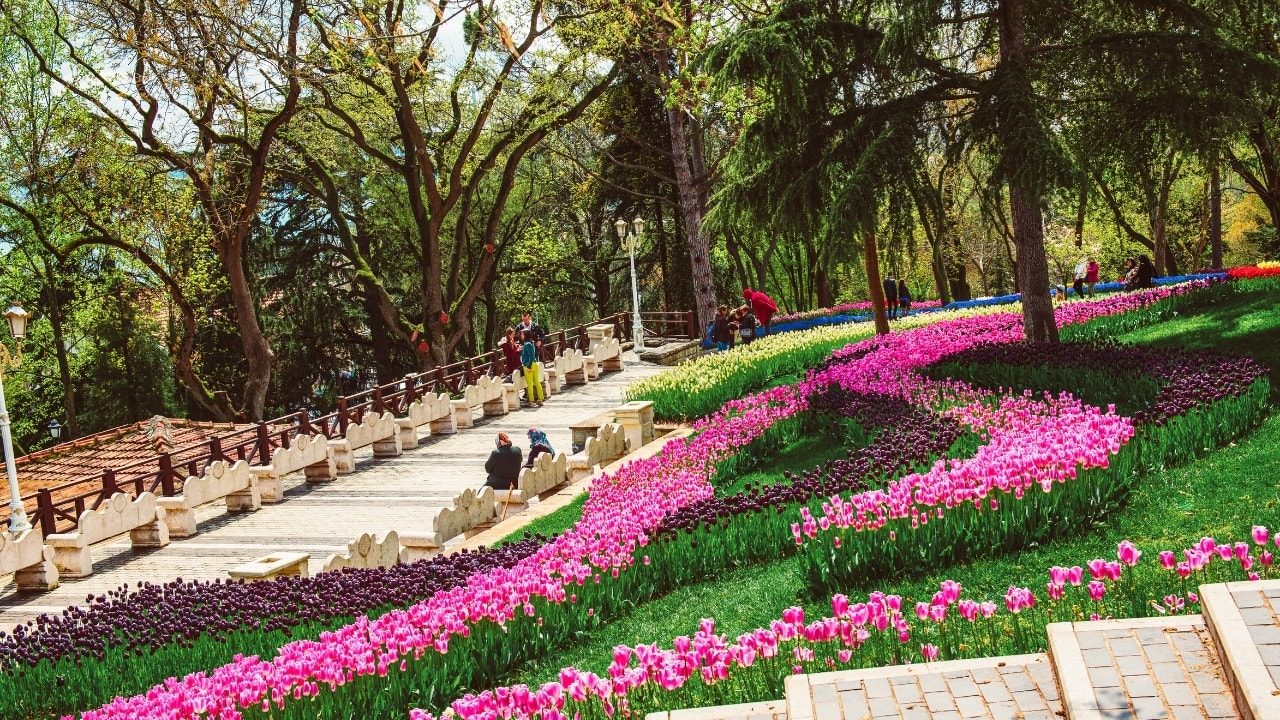

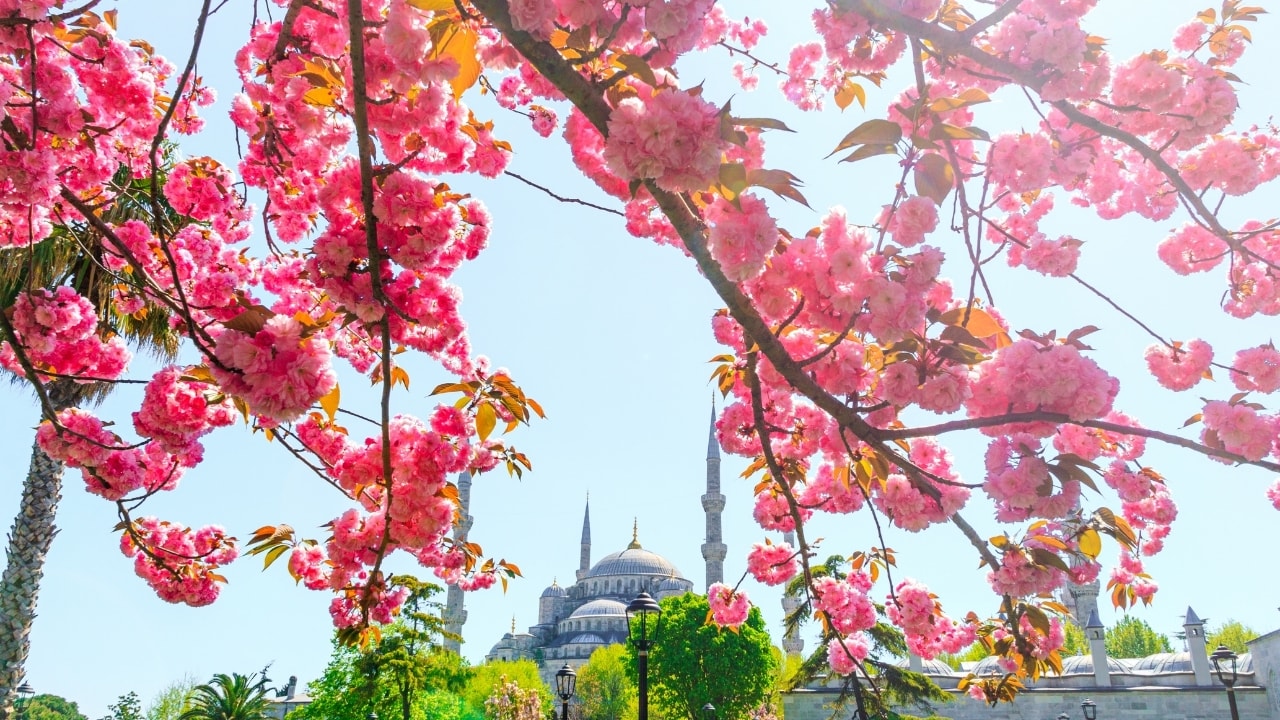
3 thoughts on “Museum of Hacibektas”
★★★★★
Visiting ‘Museum of Hacibektas’ was an extraordinary experience, offering insights and enjoyment like no other. Highly recommended!
★★★★★
Looking for an authentic and enriching experience? ‘Museum of Hacibektas’ is the place to be! Absolutely worth the visit.
★★★★★
Every moment spent at ‘Museum of Hacibektas’ was filled with wonder and learning. It’s a place I will always cherish.